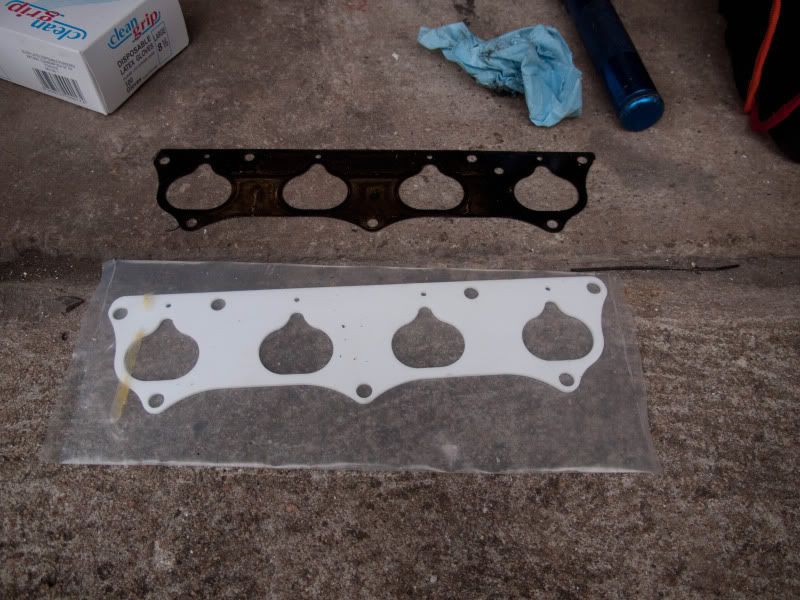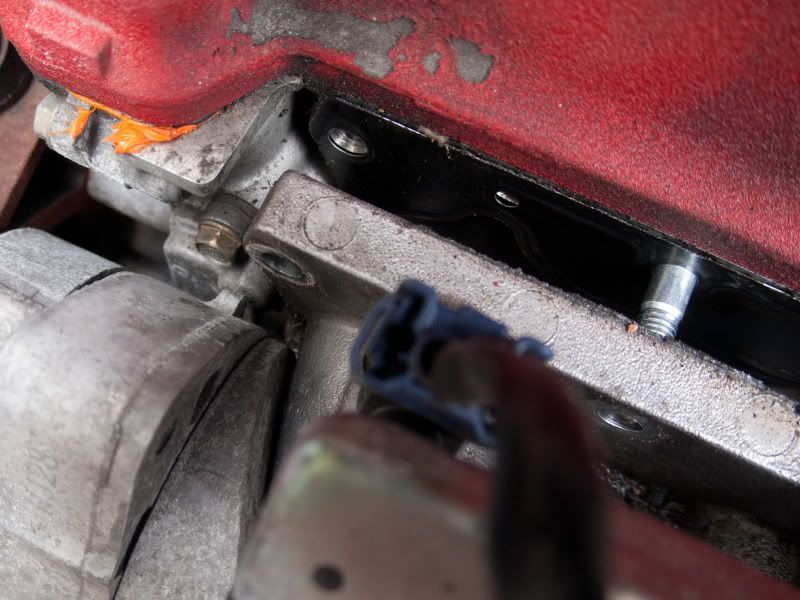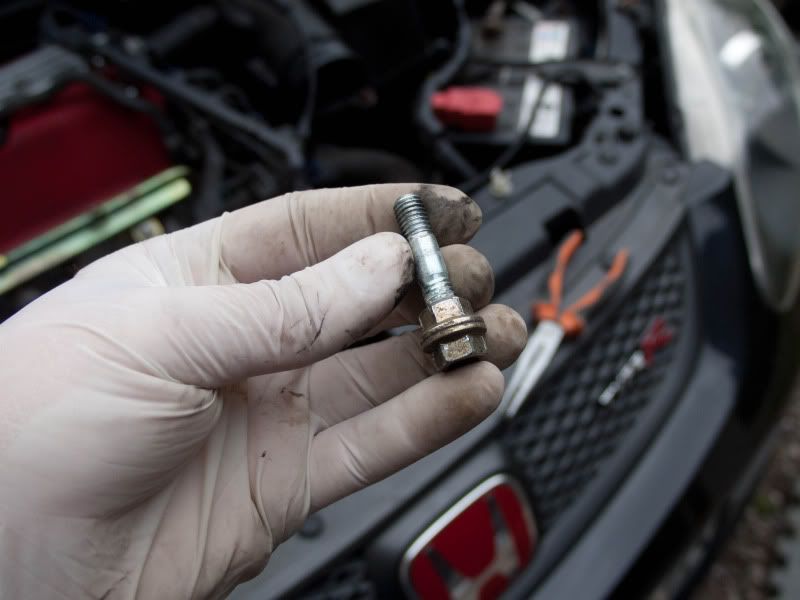- Relatively inexpensive.
- In-keeping with the general ethos of the car as an unrefined fast road car.
- As a performance modification I must be able to understand why it provides an improvement before I'll consider purchasing it.
This modifications consists of a thick plastic replacement gasket which sits between the inlet manifold and the engine head. This provides a thermal barrier which prevents direct metal-to-metal contact between the engine and inlet manifold. This means the inlet manifold does not get as hot when the engine is running, meaning the inlet air charge is cooler and thus denser, which means the engine is more efficient and powerful. The change in temperature may not be hugely significant, but any improvement is welcome.
The gasket itself is very easy to fit. It simply replaces the existing metal gasket. Fitting is made slightly awkward because there are two studbolts used to align the manifold. This means the manifold must be pulled away from the head far enough to clear these studbolts before the gasket can be changed, however there is not enough space in the engine bay to pull the manifold out!
I found that screwing two nuts onto each studbolt and tightening them against each other provided a strong enough connection to allow the studbolts to be unscrewed and removed.
Here's a couple of pictures.
Old gasket (top) and new gasket (bottom).

Picture showing the studbolt (right hand side) issue...

...and the double-nut method for removal!

In a bid to perform a crude benchmarking test, I took the car on a 'control' route before fitting the gasket and afterwards. Admittedly not the most scientific experiment but good enough I feel. The results were that before the modification, the inlet manifold was between 'toasty-warm' and 'scorching'. I could hold my hand on it, but it wouldn't have taken much more heat to make it rather uncomfortably hot. After the modification, the manifold was slightly cooler, falling more into the 'radiator that's been on recently' category of warmth. There was still considerable heat making its way to the manifold, so I did some investigating....
I found that the engine cooling system is plumbed into the idle speed control valve on the throttle body. I have read a few explanations for this ranging from improving emissions by allowing the engine to warm up quicker or preventing the throttle from sticking open in very cold conditions! I don't feel either is particularly important in the middle of the 'Great British Summer' so I bypassed this and took the car for another 'control' test. I can happily say the manifold is now in the 'trace of warmth' category and the temperature rise over ambient is only slight.
So what has this done to the performance of the car? Well it's all very subjective of course, and I don't expect anyone to take this as gospel, but I do feel there is more midrange punch from the engine. I used to feel that the engine bogged down after 3k until the Vtec kicked in at 5.8k. Now it feels like the engine pulls much more uniformly throughout the rev range. Happy days!
No comments:
Post a Comment